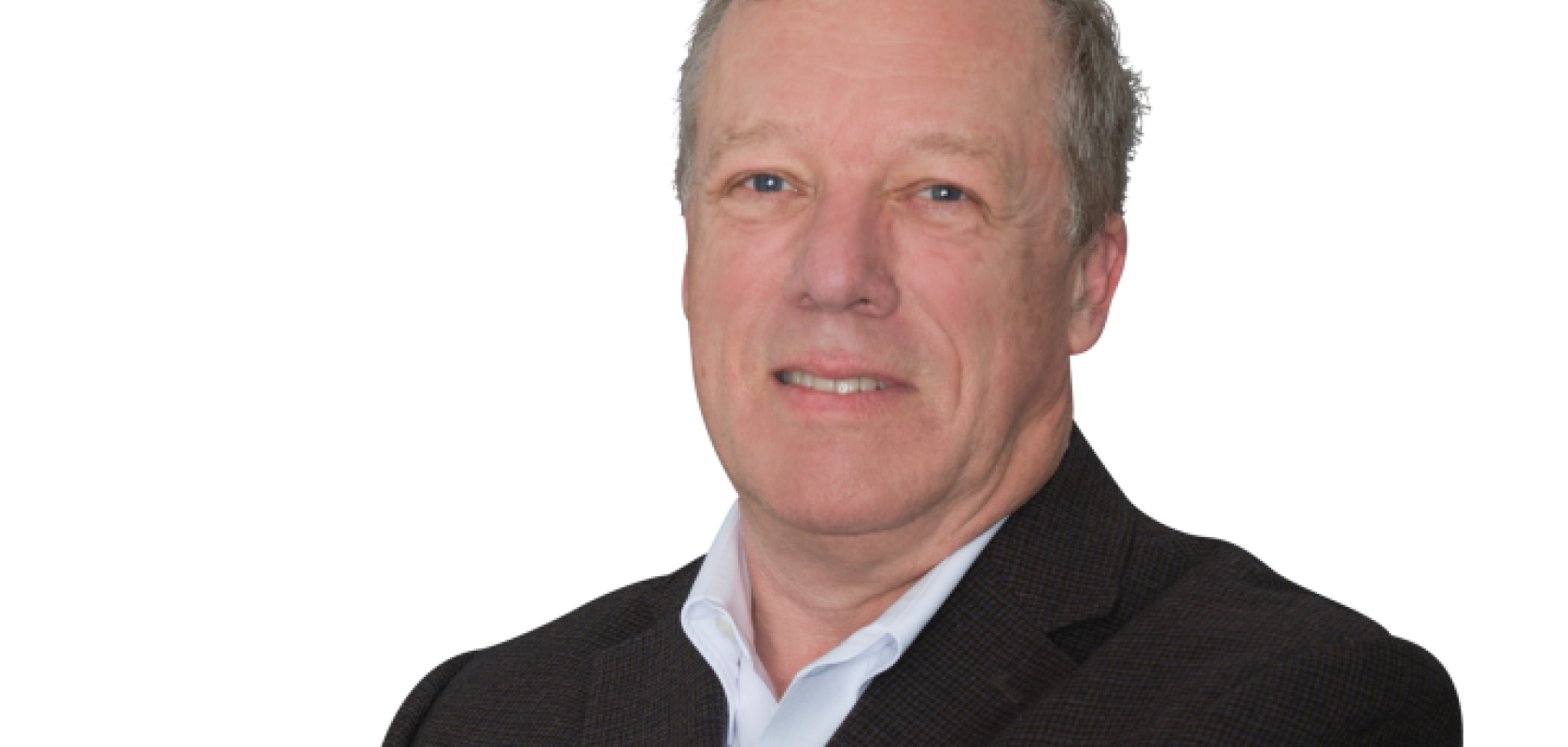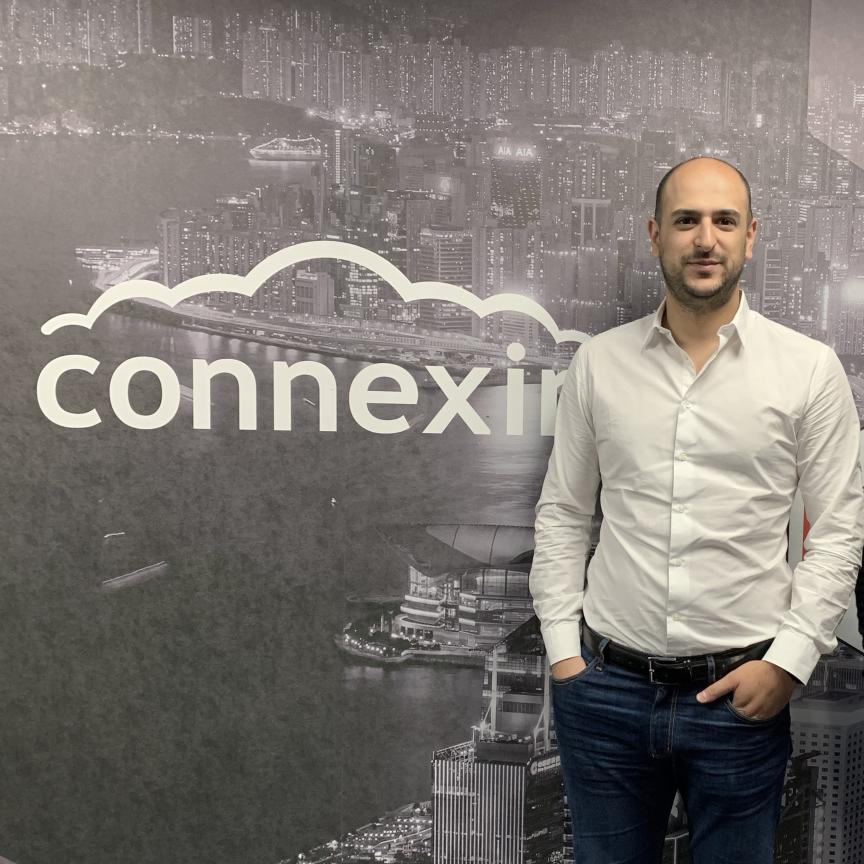The right combination of training and tools will help to future-proof fibre reliability, says Jay Tourigny
To provide the kind of faultless multi-gigabyte service promised by 5G, the fibre used in networks must be properly installed and maintained correctly. Therefore, it is important to address the need for the effective training of technicians. The deployment of 5G networks will only be successful if a skilled workforce is created who understand the correct way in which to carry out all of the processes.
Contamination is a threat to optical networks and cleaning fibre is an important task to help a network achieves its performance goals. Therefore, engineers should be trained in ‘best practice’ cleaning procedures to future-proof each installation.
Re-training may need to be carried out in order to eliminate any myths or misunderstandings of fibre cleaning. For instance, wiping a connector on a shirt sleeve or blowing away dust from an end face will not suffice. Each technician should be working to the same precise cleaning procedure to ensure an exacting standard is consistently met.
Up to standard
An important standard of which all technicians should be aware is the international standard for inspection and cleaning fibre optic connectors, IEC 61300-3-35.
This was developed to guide the industry in determining what kind of contaminants could be on the ferrule end-face and how to clean them effectively.
The standard defines contamination as a removable defect that negatively impacts the performance of mated connector pairs. A critical aspect all engineers should be educated in is how fundamental it is to inspect each end-face after cleaning and before mating to ensure any contaminant is removed.
Failure to remove the pollutant will cause cross-contamination of the ferrule end-faces, disrupting the optical signal path. Furthermore, particulate debris in the contact zone that is not removed can cause scratches and pits on both connector end-faces. For this reason, Section 5.3 of IEC 61300-3-35 recommends installers inspect the connector end-face, clean the end-face if necessary, and re-inspect the ferrule before mating.
The total inspection process, using a digital ferrule scope, takes less than five seconds for an accurate analysis. The cost of correctly cleaning and inspecting is less than 3 per cent of the total installation cost of a new fibre network. The minutes spent cleaning and inspecting fibre end faces will far outweigh the hours spent if the technician has to return to troubleshoot, identify, repair and clean faulty splices and connectors.
Par for the course
The first step to understanding the IEC 61300-3-35 standards of efficient and effective fibre installation begins with training. Although some technicians train ‘on the job’, certified courses help to ensure a standard operating procedure is applied every time and gives engineers the competitive edge when it comes to installing new 5G fibre. There are a number of reputable training companies that offer training sessions for beginners to those with advanced skills. Some classes can be attended solely online, however, it is important that technicians also attend on-location sessions to learn the ‘hands-on’ skills needed.

Training is recommended for anybody who specifies, installs or repairs fibre optic systems. This includes electricians, IT technicians, and communications technicians. With training, students can learn how to properly install and repair fibre optic systems in both inside and outside plant operations. This includes how to best use the special tools engineered to correctly strip, clean, splice and test the quality of the connections. Many training companies also cover more advanced topics including troubleshooting systems, budgeting for damage losses, keeping records and maintaining necessary documentation about the fibre optic system.
Although training is extremely important, so is using the correct tools for the job. One of the best ways to meet cleanliness standards like IEC 61300-3-35 is to use cleaning tools that have been engineered specifically for fibre optic applications. Better cleaning tools and procedures will enable technicians to clean quickly and thoroughly, saving both time and money.

Tools of the trade
So, what are the essential tools? Let’s start with optical grade cleaning fluid. The easiest way to eliminate contamination caused by an electrostatic charge is through a wet-dry cleaning process using an appropriate, non-alcohol based optical-grade cleaning fluid. Select a cleaning fluid that will not leave any residue, is static dissipating and comes in a hermetically-sealed container to prevent cross-contamination and spills. Also ensure it is fast-drying and non-flammable.
Use fabric optical-grade cleaning wipes and either a single-use connector cleaning stick or a more advanced ‘clicker’ type of cleaner that can provide hundreds of cleans before it must be replaced. Each type of cleaner is sized to the specific connector used in the installation. Using the right cleaning stick or clicker ensures a highly-absorbent tool that will effectively remove oils and particulate contamination from the surface of the end face. They will be soft enough not to scratch the ceramic or composite ferrule end face while not generating lint.
Finally, make sure there is a sufficient tool to inspect the fibre. It is important to always inspect, clean and re-inspect the termini on both ends of a connector pair. This should be performed even on brand new components which often come from the factory needing to be cleaned before installation. The inspection process helps to visually identify problems like permanent defects and any contamination that can interfere with, or damage, the surface of the optical termini.

Training will ultimately cut future costs by reducing the problems caused by contaminated fibre connectors. By understanding proper cleaning procedures and improving skills and knowledge, technicians can confidently install and maintain 5G fibre and increase its reliability.
Jay Tourigny is senior vice president at MicroCare Corp


